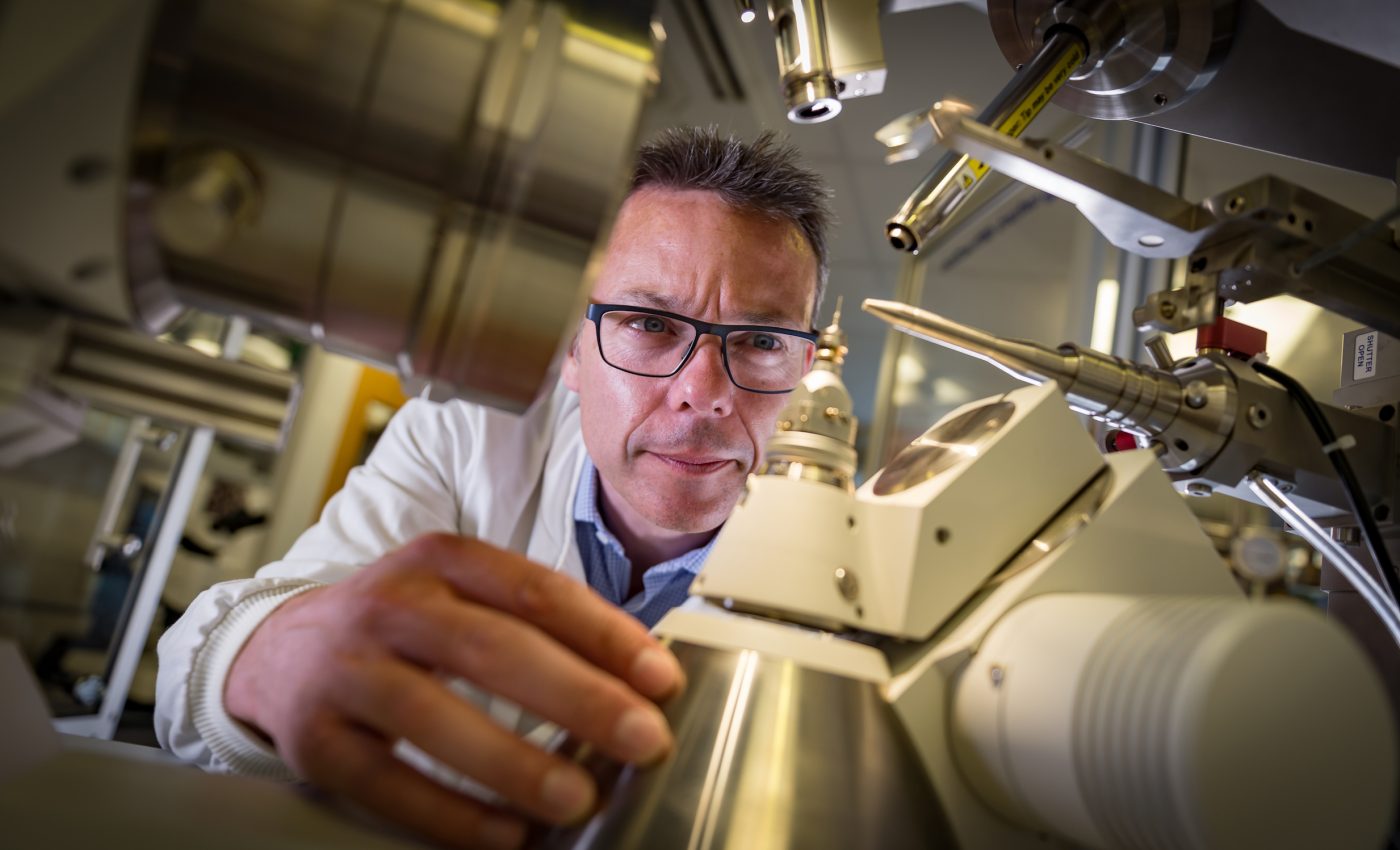
New enzyme can help convert plant waste into high-demand products
An international team of researchers led by the University of Portsmouth has engineered a new family of enzymes to execute a critical step in the conversion of plant waste into high-demand sustainable products, including nylon, chemicals, and plastics.
The newly developed enzyme is active on lignin, a complex organic polymer that can be found in the cell walls of many plants. For decades, scientists have been looking for ways to efficiently to break down lignin.
“This is our goal – to discover enzymes from nature, bring them into our laboratories to understand how they work, then engineer them to produce new tools for the biotechnology industry,” said Professor John McGeehan. “In this case, we have taken a naturally occurring enzyme and engineered it to perform a key reaction in the breakdown of one of the toughest natural plant polymers.”
“To protect their sugar-containing cellulose, plants have evolved a fascinatingly complicated material called lignin that only a small selection of fungi and bacteria can tackle. However, lignin represents a vast potential source of sustainable chemicals, so if we can find a way to extract and use those building blocks, we can create great things.”
Lignin acts as scaffolding, providing plants with strength and defense against pathogens. It also allows for the efficient transport of water in the vascular tissues.
“It’s an amazing material, cellulose and lignin are among the most abundant biopolymers on earth. The success of plants is largely due to the clever mixture of these polymers to create lignocellulose, a material that is challenging to digest,” said Professor McGeehan.
Previously developed enzymes could only work on one building block of lignin, which made the breakdown process inefficient. Using advanced 3D structural and biochemical techniques, the team managed to alter the shape of the enzyme to accommodate multiple building blocks. The results provide a route for producing new materials and chemicals from what has been a waste product.
“We used X-ray crystallography at the Diamond Light Source synchrotron to solve ten enzyme structures in complex with lignin building blocks,” explained study co-author Dan Hinchen. “This gave us the blueprint to engineer an enzyme to work on new molecules. Our colleagues were then able to transfer the DNA code for this new enzyme into an industrial strain of bacteria, extending its capability to perform multiple reactions.”
“We now have proof-of-principle that we can successfully engineer this class of enzymes to tackle some of the most challenging lignin-based molecules and we will continue to develop biological tools that can convert waste into valuable and sustainable materials,” added Professor McGeehan.
The study is published in the journal Proceedings of the National Academy of Sciences.
—
By Chrissy Sexton, Earth.com Staff Writer
Image Credit: Stefan Venter, UPIX Photography














